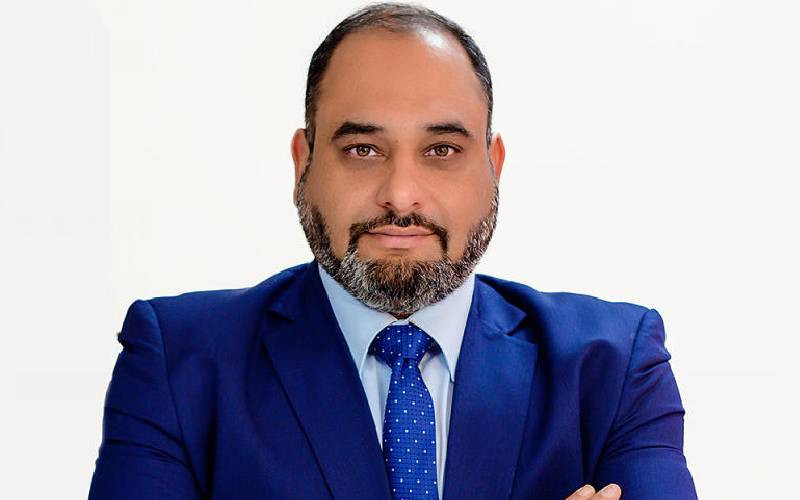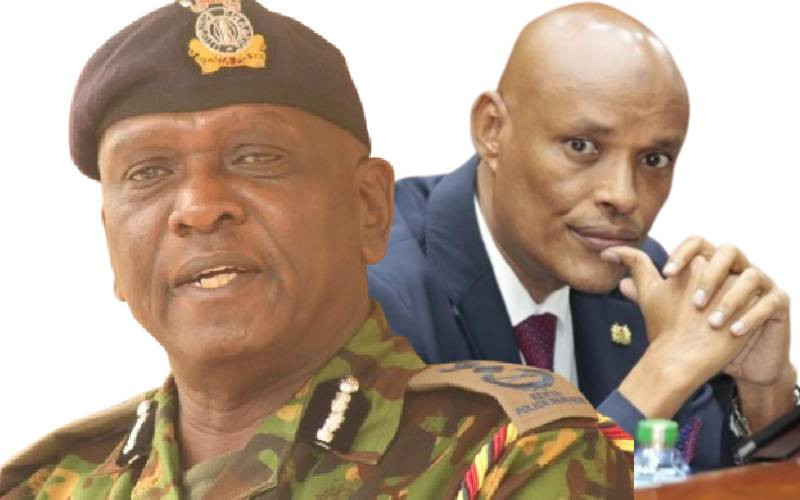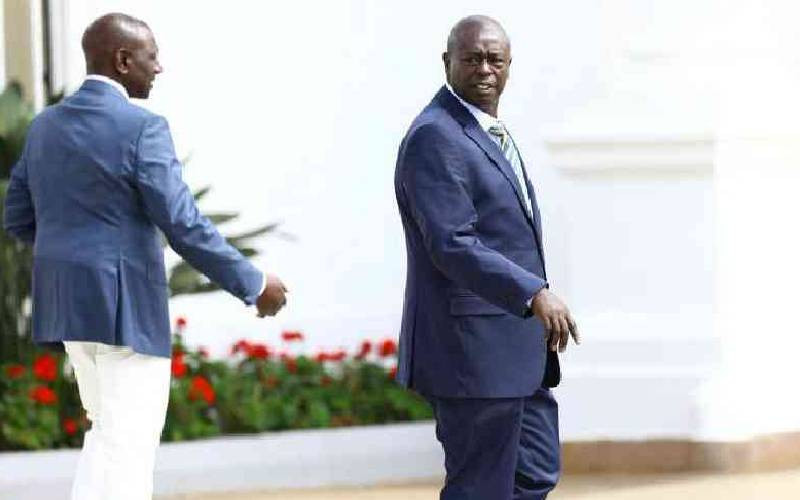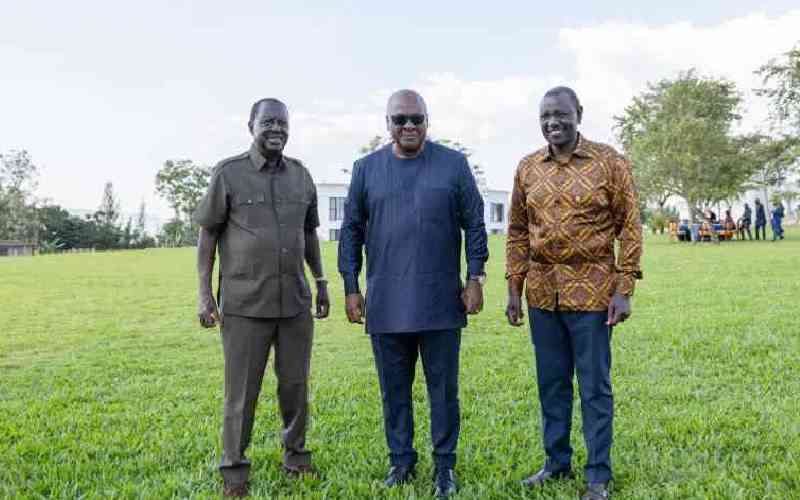
Kenya's financial landscape has undergone a transformation, revolutionising how we handle money and conduct daily financial transactions.
Today, with a simple click, anyone, whether in Nairobi or Turkana, can seamlessly send and receive money using their mobile phones, regardless of their location.
This financial revolution, largely driven by the interoperability of mobile money services, has not only enhanced the lives of Kenyans but has also played a pivotal role in bolstering economic development and fostering financial inclusion.
A fin-access survey conducted by the Kenya National Bureau of Statistics (KNBS) and Central Bank of Kenya (CBK) shows that by 2021, access to financial services had grown to 83.7 per cent compared to 26.6 per cent in 2006.
The report cites rapid technological advancement driven by key innovations in mobile money and mobile banking as the dominant factors.
Key innovations in mobile money and mobile banking have been the driving force behind this remarkable leap, reducing geographical barriers and extending financial services to those previously excluded.
Two decades ago, sending money across the country or to remote villages was a complex and tedious task. At the time, banking infrastructure was largely confined to urban areas, leaving most rural parts of Kenya underserved.
Luckily, these challenges faded with the introduction of mobile money in the late 2000s.
The rise in popularity of mobile money can be widely attributed to its ability to promote access to financial services among secluded and unbanked populations, allowing them to participate in the formal financial system, save, transact, and access credit through their mobile phones.
One key driver of financial inclusivity is mobile money interoperability, which empowers various mobile money service providers to facilitate cross-platform payments.
In the context of financial services, interoperability allows a person using one mobile money network to easily send money across other networks.
A standard case of interoperability is the person-to-person (P2P) transfer which allows you to transfer money between different mobile money platforms, such as Airtel Money, M-Pesa, and T-Kash.
We also have merchant interoperability where Airtel Money registered customers can make payments to any M-Pesa Buy Goods Till and Paybill Numbers. This not only saves time and reduces costs but also enhances the overall functioning of the financial system.
Seamless process
Stay informed. Subscribe to our newsletter
It has opened doors for individuals who may not have the same mobile money provider to engage in transactions effortlessly. For instance, when you use Airtel Money to transfer money to other networks, you will experience a seamless process. Additionally, sending money from Airtel Money to other networks is affordable.
However, there are some setbacks Kenyans still encounter regarding mobile money interoperability, which include, the challenges encountered by subscribers of other mobile money operators when they try to send money to Airtel Money customers.
For example, all feature and smartphone users cannot send money directly to Airtel Money from other networks, while using their SIM tool kit, customers are charged high fees for the transaction.
With today's technological advancement, I am sure these processes could be made better by allowing a seamless and trouble-free customer journey, where customers can send money directly to other recipients' mobile money wallets.
Achieving the full potential of mobile money requires sustained investments in infrastructure and favourable regulatory frameworks.
 The Standard Group Plc is a
multi-media organization with investments in media platforms spanning newspaper
print operations, television, radio broadcasting, digital and online services. The
Standard Group is recognized as a leading multi-media house in Kenya with a key
influence in matters of national and international interest.
The Standard Group Plc is a
multi-media organization with investments in media platforms spanning newspaper
print operations, television, radio broadcasting, digital and online services. The
Standard Group is recognized as a leading multi-media house in Kenya with a key
influence in matters of national and international interest.
 The Standard Group Plc is a
multi-media organization with investments in media platforms spanning newspaper
print operations, television, radio broadcasting, digital and online services. The
Standard Group is recognized as a leading multi-media house in Kenya with a key
influence in matters of national and international interest.
The Standard Group Plc is a
multi-media organization with investments in media platforms spanning newspaper
print operations, television, radio broadcasting, digital and online services. The
Standard Group is recognized as a leading multi-media house in Kenya with a key
influence in matters of national and international interest.






